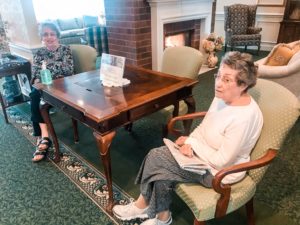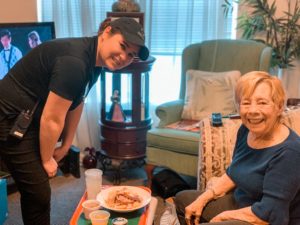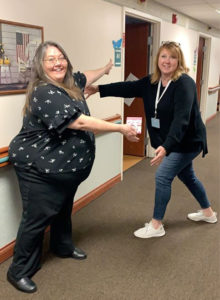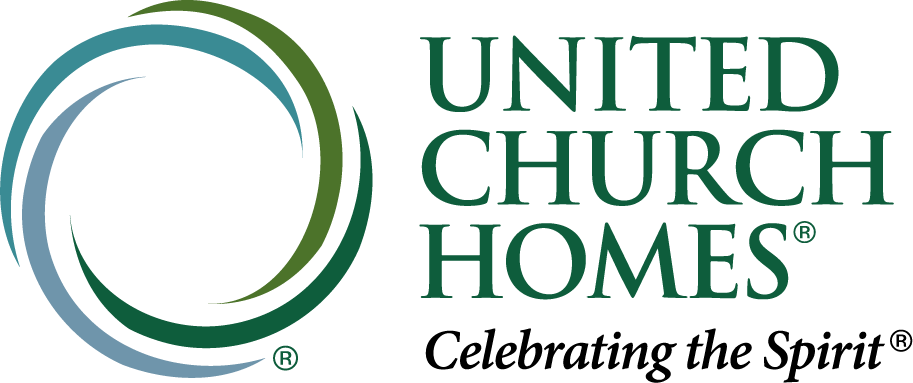Editor’s note: United Church Homes published this article on March 27, 2020, when the coronavirus pandemic was still rapidly evolving. Information contained in the article may not be accurate in the future due to this fluid situation. Officials are urging the public to practice social distancing. United Church Homes will continue to publish articles to help readers access critical information during this time.
Stay-At-Home Orders Amid Coronavirus Pandemic
More U.S. states are issuing stay-at-home or shelter-in-place orders to protect Americans and the healthcare system from the rapid spread of coronavirus. These orders, driven by top public health experts and the best data available, permit individuals to leave their homes only for essential reasons.

In most states, these orders continue through April 6, and governors are hosting daily press briefings to provide the latest updates for residents in their states. Health officials say U.S. residents must band together now to slow the spread of the virus in the next several weeks. Even with these measures, public health experts estimate as much as 70 percent of the world’s population will get the novel coronavirus.
The goal is to flatten the curve – a epidemiological term for slowing a virus’ spread so fewer people need to seek treatment at any given time.
What Can We Do?
Federal officials have been urging older adults and people with compromised immune systems to stay home for two to three weeks, except in medical emergencies, because of the threat coronavirus poses to their health. Community members must come together to help loved ones, neighbors and friends who can’t leave their homes.

If you must leave home, it’s vital to practice social distancing, or deliberately increasing the physical space between people to avoid spreading illness. Staying at least 6 feet away from other people lessens your chances of catching COVID-19. Healthy individuals who aren’t at high risk can go to stores to purchase necessary goods. Limit the number of times you leave home by planning all stops you need to make in one trip. Go to the store during off-hours when it’s less likely to be crowded.
Wipe down handles on shopping carts and baskets, use hand sanitizer with at least 60 percent alcohol and avoid touching your face. Wash your hands with soap and water for at least 20 seconds before and after entering any public space and regularly while at home.
United Church Homes is following the lead of Ohio’s medical director, Dr. Amy Acton, in using the term “physical distancing,” and encouraging all to stay socially connected.
Limit Social Visits
As difficult as it is for families to be apart, it’s important not to visit at-risk family members, friends or neighbors in person without practicing strict physical distancing. Many people are staying connected in innovative ways, through free video phone applications and outdoor/indoor visits. Examples of physical distancing include working from home, educating students remotely and visiting loved ones electronically. Older adults, people with compromised immune systems and millions of workers depend on those who can stay home to do so as much as possible.
Because the incubation period for coronavirus is one to 14 days, people with COVID-19 can unknowingly infect others before experiencing symptoms. The first line of defense is following guidelines from public health experts.
Staying the Course
Every person has a role in slowing the spread of coronavirus. However, some people may lose hope during this difficult time, so it’s important to encourage one another and check in often. Practicing self-care and focusing on mental health are vital at this time to avoid burnout, for those working, and to minimize the impact of physical isolation, which can lead to loneliness.

Our message at United Church Homes: Stay the course. UCH residents and staff are counting on us to do everything in our power to protect ourselves and those around us. They need our help, and each person has a role in protecting older adults and others who are high risk.
The U.S. is likely to see a spike in confirmed cases of coronavirus as more testing becomes widely available and community spread continues. Remember, we aren’t eliminating the spread; we are slowing the spread.
